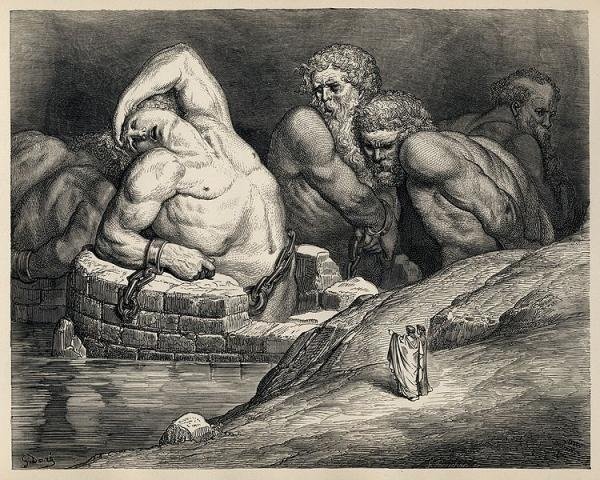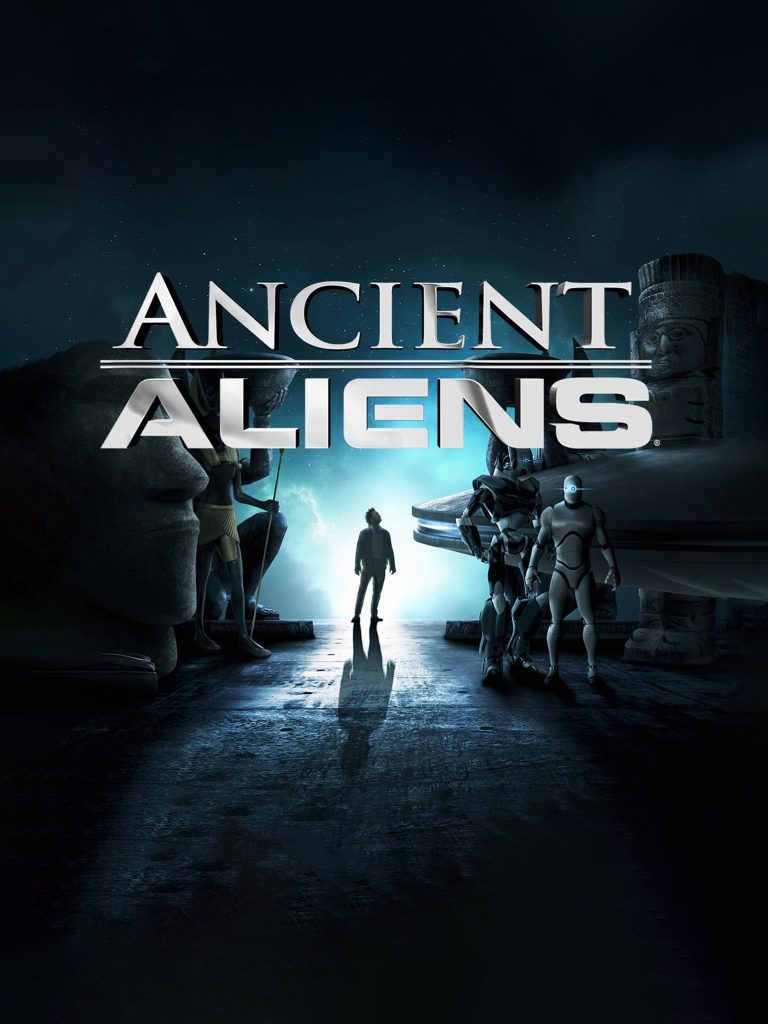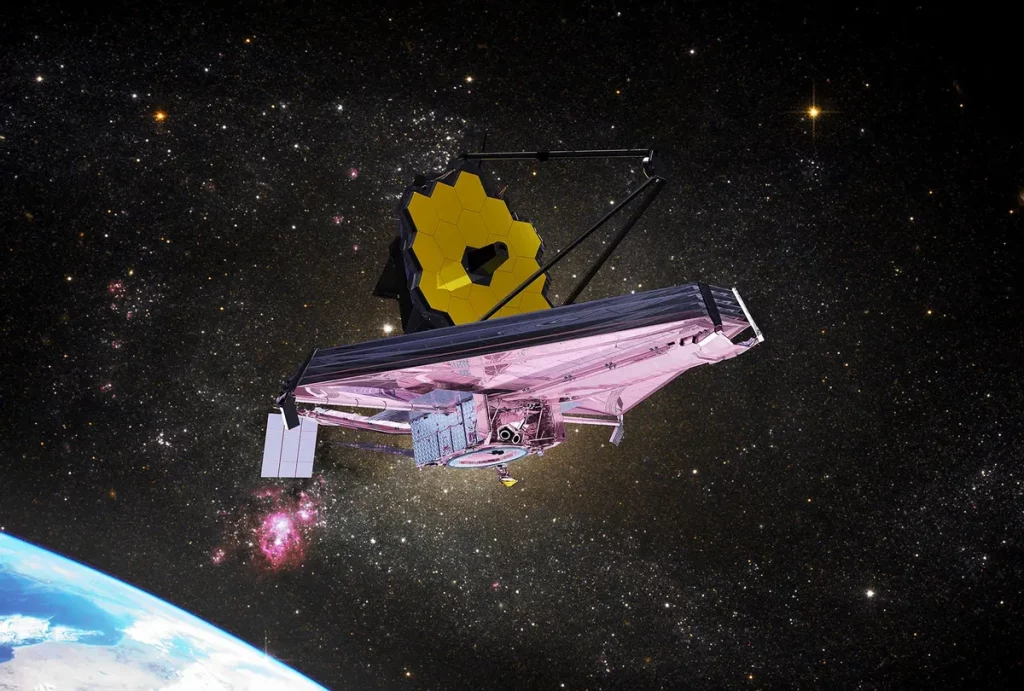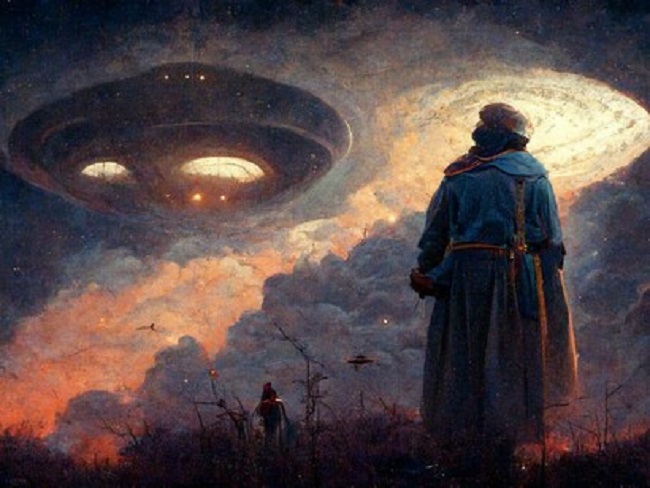Have you ever gazed at the night sky and wondered if we’re truly alone in the universe? The Bible, though not a science textbook, offers a glimpse into how ancient people viewed the cosmos. While it doesn’t mention “aliens” in the way we think of them today, there are fascinating accounts of celestial beings and encounters that some interpret as extraterrestrial visitations.
This article dives into the debate about “aliens in the Bible,” exploring the biblical view of the heavens, analyzing enigmatic passages, and examining the rise of modern interpretations. We’ll also explore how faith and science approach the possibility of life beyond Earth. Get ready to explore the intersection of religion, science fiction, and the enduring human desire to understand our place in the vast universe.
Ancient Skies: The Biblical View of the Cosmos and Hints of the Extraordinary

Gazing at the night sky, the vast expanse dotted with twinkling stars, has likely sparked questions about our place in the universe for millennia. The Bible, a collection of ancient texts written over centuries, offers a glimpse into how people in the Middle East conceptualized the cosmos. While the concept of “aliens” as we understand them today wasn’t present, the biblical view of the heavens offers fascinating themes that resonate with the search for extraterrestrial life.
Imagine a universe far different from our modern understanding. The prevailing belief was a three-tiered system: a solid dome-like sky above, a flat earth in the middle, and a watery abyss below. This view wasn’t unique to the Israelites – it was a common perception in the ancient world. The “heavens,” as referred to throughout the Bible, were not simply empty space but a realm filled with activity.
The Bible mentions a variety of celestial beings, most notably angels. These powerful messengers of God were often described as having otherworldly appearances, sometimes with wings and an ability to travel between the heavens and earth. Passages like Ezekiel 1 depict these beings in vivid detail, with “wheels within wheels” and a dazzling array of light. While interpretations vary, some find these descriptions eerily similar to modern descriptions of UFOs.
However, it’s important to remember the context. These visions were likely meant to convey the awesome power and majesty of God, not necessarily extraterrestrial visitors. The language used reflects the understanding of the time – chariots, wheels, and fire were all powerful symbols in the ancient world.
Looking for “aliens in the Bible” requires understanding the limitations of language and cultural context. The concept of a technologically advanced civilization visiting Earth simply wasn’t part of the ancient worldview. However, the themes of celestial beings, divine messengers, and the vastness of the heavens continue to spark our imaginations.
The search for life beyond Earth remains a captivating pursuit in modern science. While the Bible doesn’t offer concrete evidence of alien visitation, it does offer a window into humanity’s longstanding fascination with the unknown and the desire to understand our place in the cosmos.
Chariots of Fire: Enigmatic Encounters in Scripture and the “Aliens in the Bible” Debate

The Bible contains several passages that have fueled speculation about “aliens in the Bible.” One of the most famous examples is the dramatic vision experienced by the prophet Ezekiel (Ezekiel 1). In this vivid account, Ezekiel describes a whirlwind filled with “flashes of lightning” and “glowing creatures” resembling humans with four faces and four wings. These creatures move alongside a “throne ablaze with fire” mounted on a chariot with “gleaming wheels.”
This imagery has undoubtedly captured the imaginations of readers for centuries. Proponents of the “aliens in the Bible” theory point to these details – the fiery chariot, the strange creatures, and the otherworldly movement – as evidence of extraterrestrial encounters. However, it’s crucial to analyze these passages within their historical context to gain a deeper understanding.
Firstly, it’s important to remember the limitations of language. The ancient Israelites lacked the vocabulary to describe complex technology or advanced beings from other planets. They relied on familiar imagery – chariots, fire, and celestial beings like angels – to convey the awe-inspiring nature of their encounters with the divine.
Secondly, the purpose of these visions was not to provide a scientific explanation of the universe. Their primary function was to communicate a message about God’s power and majesty. The imagery served to emphasize the prophet’s encounter with the divine and the overwhelming nature of the experience.
For the original audience, familiar with the concept of angels and divine pronouncements, these visions wouldn’t have necessarily been interpreted as encounters with “aliens in the Bible.” Instead, they would have been understood as a manifestation of God’s presence and power, using imagery that resonated with their cultural understanding.
While the “aliens in the Bible” interpretation is intriguing, a deeper analysis reveals a richer layer of meaning. These passages offer a glimpse into the ancient Israelite worldview and their attempts to grapple with the vastness and mystery of the cosmos. They serve as a reminder of humanity’s enduring fascination with the unknown and the desire to understand our place in the universe, a pursuit that continues to this day with the search for extraterrestrial life.
Lost in Translation: Debunking Common Misconceptions about “Aliens in the Bible”

The search for “aliens in the Bible” often leads down fascinating, yet sometimes misleading, paths. Many popular ideas about extraterrestrial encounters stem from misunderstandings of the original languages and cultural context. Understanding these limitations is crucial for a more nuanced appreciation of these ancient texts.
One common misconception involves the Book of Genesis and the “sons of God” mentioned in Genesis 6:2. Proponents of the “aliens in the Bible” theory interpret these “sons of God” as alien beings who interbred with humans. However, a closer look at the original Hebrew reveals a different meaning. The Hebrew term used, “benei ha’elohim,” can literally translate to “sons of God,” but it can also refer to powerful figures or even angels. In this context, it’s more likely a reference to the descendants of Seth, considered righteous, who intermarried with the descendants of Cain, viewed as wicked.
Another example is the fiery chariots described in the Book of Kings (2 Kings 2:11). This passage recounts the prophet Elijah’s ascension to heaven in a “chariot of fire.” While the imagery is striking, it’s important to remember the limitations of translating ancient metaphors. The concept of a fiery chariot was likely used to symbolize a divine, awe-inspiring event, not a literal spacecraft.
Understanding the cultural context is equally important. The ancient world held different beliefs about the cosmos compared to our modern understanding. Concepts like “aliens” or spaceships simply weren’t part of their worldview. Therefore, interpreting these passages through a purely modern lens can lead to misinterpretations.
This doesn’t diminish the power and intrigue of these biblical encounters. However, appreciating them requires acknowledging the limitations of translation and the cultural context in which they were written. By acknowledging these factors, we gain a richer understanding of the authors’ intent and the profound ways they attempted to describe encounters with the divine, encounters that continue to spark our curiosity about the universe and the possibility of life beyond Earth.
Modern Musings: The Rise of “Ancient Aliens” Theories and the Bible

The concept of “aliens in the Bible” has surged in popularity in recent decades, fueled by the rise of the “ancient aliens” theory. This theory, popularized by authors like Erich von Däniken and shows like “Ancient Aliens,” posits that extraterrestrial beings visited Earth in the distant past and influenced human civilization. The Bible, with its enigmatic passages and references to celestial beings, becomes a key piece of evidence for proponents of this theory.
But what factors contribute to the modern fascination with “aliens in the Bible”? One reason is the sheer mystery of the cosmos. With advancements in science and technology, the possibility of extraterrestrial life feels more tangible than ever. Looking back at ancient texts, some find intriguing parallels between biblical descriptions and modern UFO sightings, sparking a sense of wonder and a desire to connect the dots.
Another factor is the accessibility of information. The internet and popular media have made the “ancient aliens” theory readily available to a wider audience. These narratives offer a captivating alternative perspective on history, often presented in an engaging, albeit sensationalized, way.
However, applying a modern lens to ancient texts has its limitations. As discussed earlier, the concept of “aliens” as we understand them today simply wasn’t present in the biblical worldview. Interpreting these passages through a purely modern lens risks overlooking the original meaning and cultural context.
Despite these limitations, the “ancient aliens” theory has sparked a renewed interest in the Bible and the wonders of the cosmos. It highlights humanity’s enduring search for meaning and our place in the universe. While the Bible may not offer concrete proof of extraterrestrial visitation, it does offer a window into humanity’s longstanding fascination with the unknown.
Faith and Science: Reconciling Belief with Discovery in the Search for “Aliens in the Bible”

The possibility of extraterrestrial life has long sparked a fascinating question: can religious faith coexist with the discovery of life beyond Earth? For many, the search for “aliens in the Bible” represents a potential clash between these two seemingly disparate worlds.
However, a growing number of theologians and scientists believe that faith and the possibility of extraterrestrial life are not mutually exclusive. Many theologians argue that a vast and awe-inspiring universe is a testament to the grandeur of a creator. The discovery of even microbial life on another planet wouldn’t diminish the divine, but rather expand our understanding of creation.
On the scientific front, the search for extraterrestrial life is fueled by a sense of wonder and a desire to understand our place in the cosmos. Scientists are constantly pushing the boundaries of exploration, with projects like the James Webb Space Telescope designed to search for signs of life on exoplanets. These scientific endeavors don’t negate the existence of a higher power; they simply seek to understand the universe through a different lens.
The search for “aliens in the Bible” may not yield definitive answers, but it highlights the enduring human desire to understand the universe and our place within it. Whether through faith or science, we seek answers to the big questions: Are we alone? Is there a greater purpose to our existence?
The vastness of the cosmos continues to hold countless mysteries. Perhaps the true significance of the “aliens in the Bible” debate lies not in finding definitive proof, but in the journey of exploration itself. It’s a journey that compels us to look outward at the universe and inward at ourselves, fostering a sense of awe and wonder that transcends the boundaries of belief and ignites our collective search for meaning in the grand scheme of existence.
Frequently Asked Questions (FAQs)
1. Does the Bible mention aliens?
The Bible doesn’t use the word “alien” in the way we think of it today. However, it does describe encounters with celestial beings and other mysterious phenomena that some interpret as extraterrestrial visitations. We’ll explore these passages and different perspectives in the article.
2. What are some common misconceptions about “aliens in the Bible”?
There are many misconceptions about “aliens in the Bible” that stem from misunderstandings of the original languages and cultural context. We’ll explore these misconceptions and provide a more nuanced understanding of the biblical passages in question.
3. What is the “ancient aliens” theory and how does it relate to the Bible?
The “ancient aliens” theory suggests that extraterrestrial beings visited Earth in the past and influenced human civilization. The Bible, with its enigmatic passages, becomes a point of interest for proponents of this theory. We’ll examine the theory’s claims and its limitations.
4. Can faith and science coexist when it comes to extraterrestrial life?
The possibility of life beyond Earth raises questions about faith and science. Many theologians and scientists believe these two areas can coexist. We’ll explore how faith and science can approach the search for extraterrestrial life.
5. What is the significance of the “aliens in the Bible” debate?
The “aliens in the Bible” debate, while not offering definitive answers, highlights our enduring desire to understand the universe and our place within it. It’s a journey that pushes us to explore both science and faith in our search for meaning.
Intrigued by the possibility of otherworldly references in ancient texts? Delve into our companion article, “Solomon and Sheba’s Wealth Story Finally Explained” on Mystery Uncover. There, we explore the fascinating connection between biblical narratives and recent archaeological discoveries, uncovering evidence that lends credence to the legendary wealth of King Solomon and the Queen of Sheba. This exploration sheds light on their roles as influential rulers and the economic prowess of their respective kingdoms.




